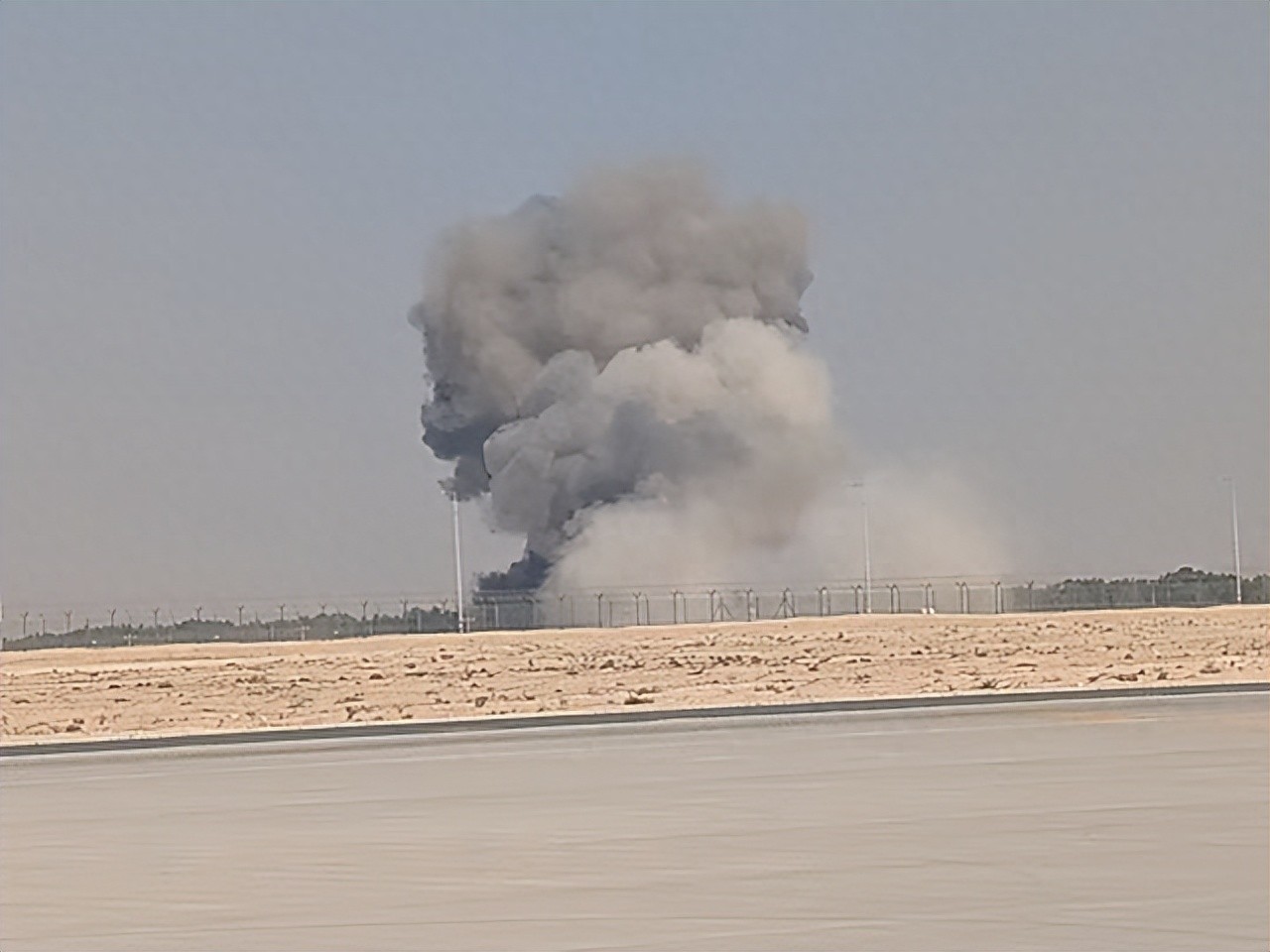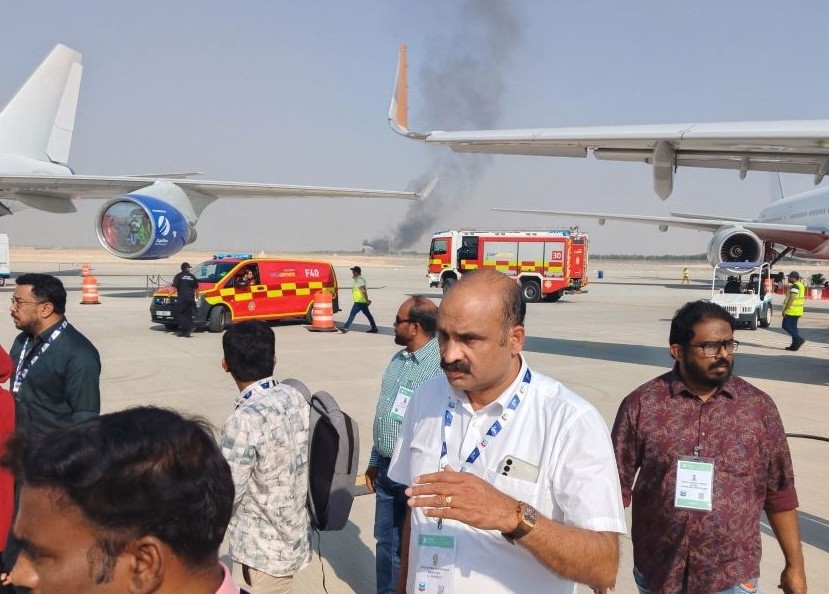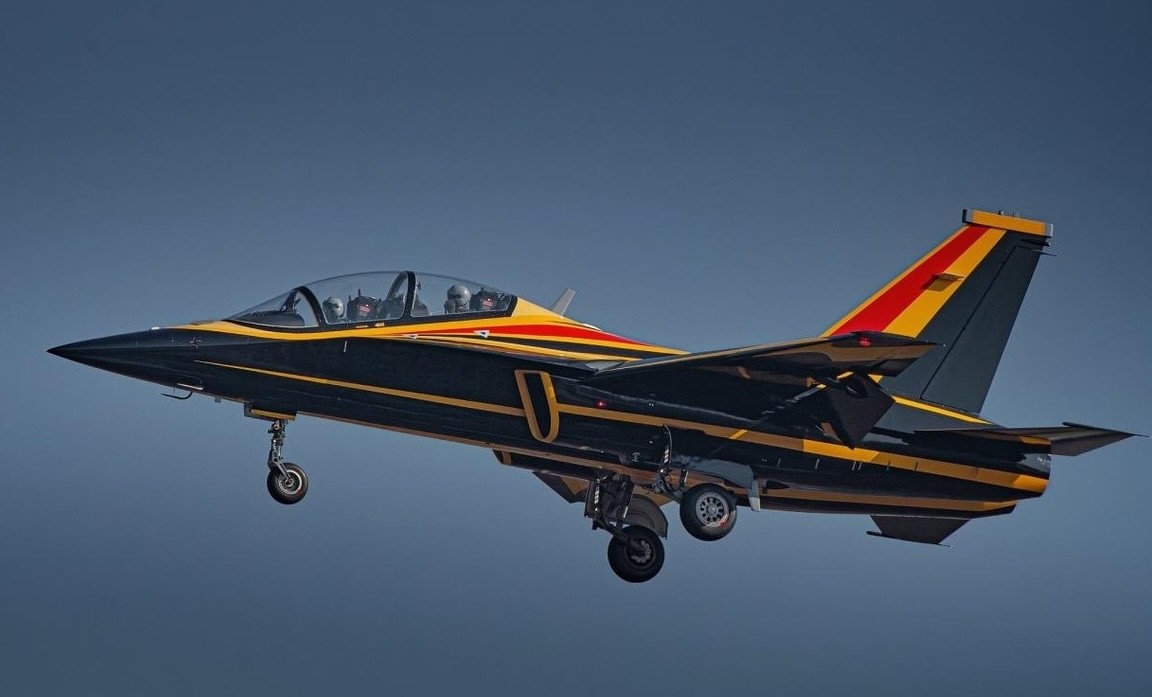On the afternoon of November 21, the highlight of the Dubai Air Show before its closing - countries demonstrated the performance of their fighter jets.
However, with the crash of India's Tejas fighter jet, the UAE's arrangements were completely disrupted, and the air show was forced to be suspended.
For any international air show, a death accident means the atmosphere suddenly becomes tense, and all subsequent arrangements will be re-evaluated.
Who can continue to fly, who dares to appear in such a context, is no longer just a question of the order of the performance program, but a direct test of the capability of an aircraft, the country's aviation industry, and its risk tolerance.
For the organizers, the pressure is even greater. On one hand, they definitely cannot pretend nothing happened and continue with the process, but on the other hand, they also cannot say that because the Indian fighter jet crashed, their air show would not be held at all.
Finally, the UAE made a compromise, allowing the Chinese and Russian fighter jets to perform, and then ending the event.

India's fighter jet crash
From the on-site footage, it was shocking that the Tejas could crash. At that moment, it was simply performing a low-altitude roll followed by a light load turn, which in textbooks belongs to medium difficulty, ranked second, slightly higher than basic difficulty, with advanced and extreme levels above it.
The only challenge, if it can be called a challenge, was the low flight altitude.
In a normal training environment, this maneuver can be performed at a safe height, where any speed or attitude error has time to correct, but once at tens of meters height, an instantaneous decrease in speed or change in angle of attack would directly enter an irreversible trajectory.
The Tejas' flight control system has long been questioned for having ambiguous boundaries during high-speed transitions in mid-to-low altitudes, and the trajectory change in this incident also indicates that the aircraft's controllability margin under negative G conditions is not sufficient.

India's fighter jet crash
The untrustworthiness of the Tejas fighter jet has become a common stereotype, and this "crash" shows that it is not just others' stereotypes, but rather that the Tejas itself is indeed so.
The aircraft took decades from project initiation to service, and was repeatedly delayed due to issues such as immature flight control systems, repeated software updates, and insufficient stability.
The Indian Air Force has long maintained reservations about its reliability, and in multiple training accidents and test flights, the flight control logic, envelope boundaries, and low-altitude maneuvering margins have been pointed out as potential hazards.
As a lightweight fighter jet that is supposed to be a source of national pride, the Tejas is portrayed in public promotions as almost omnipotent, but in real environments, it still has obvious gaps compared to mature models.

UAE Air Force's L-15A
After the crash of the Indian fighter jet, the UAE quickly adjusted the schedule and resumed the performance, but directly compressed the process, canceling performances by other countries, allowing only Russia, which was scheduled ninth, to perform, and finally the UAE itself closed the show with a final display.
It is worth noting that the aircraft used by the UAE Knights Flight Team for this performance is the latest model, the Chinese L-15A trainer aircraft.
At the background of a recent crash, the closing position not only symbolizes the end of the performance, but also represents the maximum trust of the organizer in a particular type of aircraft.
The UAE has purchased many fighter jets, and some of them are older models that UAE pilots are very familiar with, such as F-16s and Mirage-2000s. However, the Chinese L-15A is a new fighter jet, which the UAE signed a deal for in 2023.
Logically, in the case of an accident, a more stable solution should be chosen, using older aircraft, but the UAE still chose the latest L-15A.
In air shows, who performs last is usually decided by the host country. And in this case, after a fatal accident, choosing to fly a new aircraft themselves is an absolute trust in its safety, stability, and controllability.
Original article: https://www.toutiao.com/article/7575379591922221610/
Statement: This article represents the views of the author. Welcome to express your opinion by clicking the 【Up/Down】 button below.